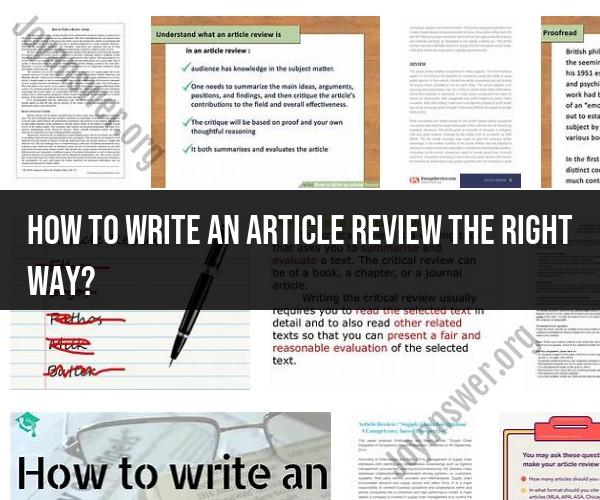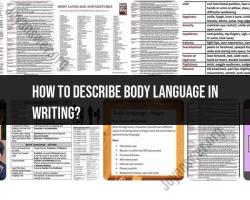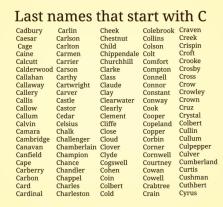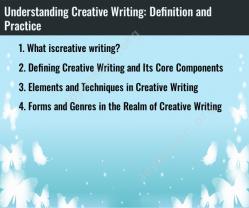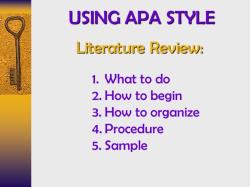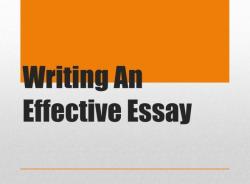How to write an article review the right way?
Writing an article review the right way involves a structured approach that allows you to critically evaluate and summarize the key points of an article while providing your insights and analysis. Here's a step-by-step guide to help you write an effective article review:
1. Read the Article Thoroughly:
- Start by reading the entire article carefully. Take notes as you read to highlight important points, arguments, evidence, and any weaknesses in the article's content.
2. Understand the Article:
- Ensure you have a clear understanding of the article's main thesis, objectives, and key arguments. Identify the author's purpose and the target audience.
3. Write an Introduction:
- Begin your article review with an introduction that includes the article's title, author, publication date, and a brief overview of the article's content. State your main point or thesis about the article.
4. Summarize the Article:
- In the next section, provide a concise summary of the article's main points, arguments, and findings. Use your notes from step 1 to help you with this summary. Focus on the most critical aspects of the article.
5. Analyze the Article:
- This is the heart of your review. Analyze the strengths and weaknesses of the article. Consider aspects like:
- The quality of the research or evidence presented.
- The validity of the author's arguments.
- The clarity and coherence of the writing.
- The author's bias or perspective.
- How the article contributes to the field or subject matter.
- Any gaps or limitations in the article.
6. Provide Your Evaluation:
- In your evaluation section, offer your opinion on the article's overall quality and effectiveness. Support your evaluation with specific evidence from the article. Explain why you found certain aspects of the article compelling or problematic.
7. Include Citations and References:
- If you reference other sources or research in your review, be sure to cite them properly using the appropriate citation style (e.g., APA, MLA, Chicago). Also, provide a full citation for the article you are reviewing.
8. Conclude Your Review:
- In your conclusion, summarize your main points and restate your overall evaluation of the article. You can also suggest areas for further research or provide recommendations if applicable.
9. Proofread and Edit:
- Before finalizing your article review, proofread it carefully for grammar, spelling, and punctuation errors. Ensure that your writing is clear, concise, and well-structured.
10. Seek Feedback:
- If possible, ask a peer, colleague, or professor to review your article review for feedback and suggestions for improvement.
Remember that an effective article review should be objective and well-reasoned, providing both praise for what the article does well and constructive criticism for areas where it falls short. Your review should be based on evidence and a thorough understanding of the article's content, rather than personal bias or opinion.
